Area converted from low- economic efficiency rice production land to safe vegetable and fruit production in greenhouses of Thieu Do Agricultural Service Cooperative (Thieu Hoa commune).
To promote the potential and strengths of vegetables in restructuring agricultural production and adapting to climate change, localities have paid attention to reorganizing production in the direction of converting rice-growing land in areas with frequent difficulties in production, such as drought and saline intrusion, to growing vegetables. Many models have achieved high economic efficiency and are being replicated among the people.
Mr. Hoang Anh Tuan's family in Dong Thai village, Nga Son commune has more than 8 sao of land for rice production. However, because the land is high, water shortages often occur during production. Therefore, instead of growing rice twice a year, since 2018, his family has switched to producing one rice crop and one vegetable crop. Thanks to the conversion, it has brought higher economic efficiency. Mr. Tuan said: “The land is high, water shortages often occur, especially in the summer-autumn crop. Therefore, the family initially switched to spring rice production, and in the summer-autumn crop, they switched to growing vegetables, peanuts, etc. The conversion brought higher economic efficiency. Then, from 2020, my family invested in building a greenhouse to completely convert the above area to safe vegetable, root and fruit production. With many advantages such as better crop management, reduced costs due to less use of pesticides, clean products, stable output, etc. Currently, the family is growing 4 crops/year, with a revenue of about 2.2 billion VND, a profit of about 450 million VND/year, much higher than traditional rice production".
In Nga Son commune, many models of crop structure conversion have been implemented to adapt to climate change, thereby contributing to the effective exploitation of land resources, improving production value and increasing income for people. Typically, such as: The model of converting ineffective rice land to crops of Ms. Mai Thi Ha's family, hamlet 10, Nga Yen commune (old). Instead of growing rice, on the high land area, her family has rotated about 4 crops (2 watermelon crops, 2 vegetable crops), with a profit of 175 million VND/year, 3 to 4 times higher than growing rice. Or, many other households in Nga Hiep commune (old) have also converted to producing 1 rice crop, 1 watermelon crop, achieving higher economic efficiency than traditional rice production...
Three years ago, Thieu Do Agricultural Service Cooperative, Thieu Hoa Commune, mobilized people to actively change the crop structure on the rice production area with low economic efficiency. To accompany the people, the Cooperative directly implemented the conversion of more than 4 sao of inefficient rice land to build net houses to grow golden melons and baby cucumbers, bringing in hundreds of millions of VND/crop, creating stable jobs for many local workers. Mr. Nguyen Ngoc Them, Director of Thieu Do Agricultural Service Cooperative, said: “When rice production depends heavily on natural water sources, in years with favorable weather, we can produce 2 crops, otherwise we can only produce 1 crop/year but the profit is not high. Growing 2 crops/year of vegetables and fruits reduces difficulties, takes the initiative in water sources, prevents pests and diseases... so the productivity is stable, the profit is 2-3 times higher than growing rice. From the effective conversion model implemented by the Cooperative, more and more local households are converting the crop structure on rice production land with low economic efficiency.”
According to analysis, climate change is causing negative impacts on agricultural production on a large scale, posing many problems in maintaining soil quality, controlling plant diseases, maintaining crop productivity and managing pests and diseases... Therefore, localities in the province have proactively mobilized and encouraged people to convert crop structure on low-economic production land. In the first 6 months of the year, the whole province flexibly converted more than 863 hectares of low-yield, low-efficiency rice fields to other crops. Of which, about 673 hectares of rice fields were converted to annual crops; 153.5 hectares to perennial crops and about 37 hectares of rice fields combined with aquaculture. Although the conversion of crop structure has had good results, according to the Thanh Hoa Department of Cultivation and Plant Protection, in some places the conversion is still spontaneous and not according to planning; The conversion from ineffective rice-growing land to some crops is not linked to product consumption, so there is no sustainability in production.
Mr. Trinh Van Chat, Head of the Cultivation Department, Thanh Hoa Department of Cultivation and Plant Protection, said: "To convert crop structure to respond to climate change more effectively, help increase land use efficiency, and enhance farming value for farmers, in the coming time, localities need to focus on converting ineffective land areas to strong commercial crops that adapt to climate change. Note that the conversion needs to be carried out systematically, scientifically, in compliance with planning, not spontaneously and must be suitable for market demand. Along with that, in the conversion, it is necessary to select crop varieties with high productivity and quality suitable for each region and locality and with good resistance to adverse weather conditions to develop agricultural value chains with high added value".
Article and photos: Le Hoa
Source: https://baothanhhoa.vn/chuyen-doi-co-cau-cay-trong-thich-ung-voi-bien-doi-khi-hau-254953.htm



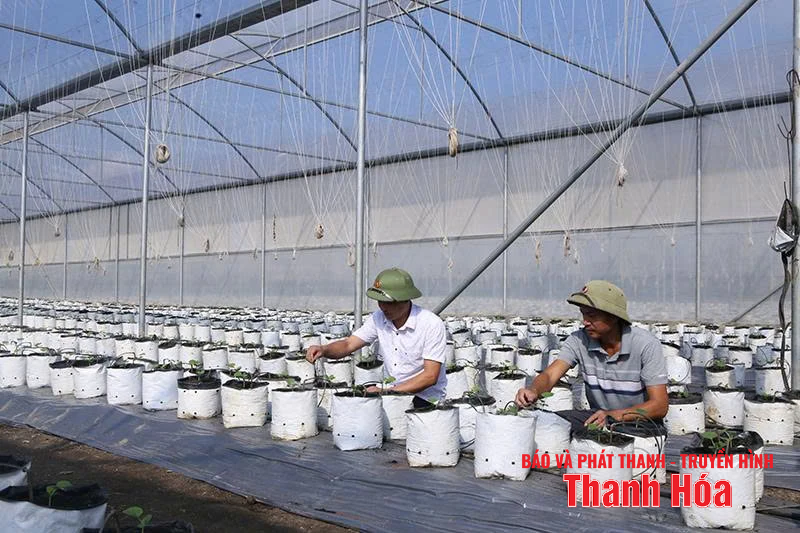

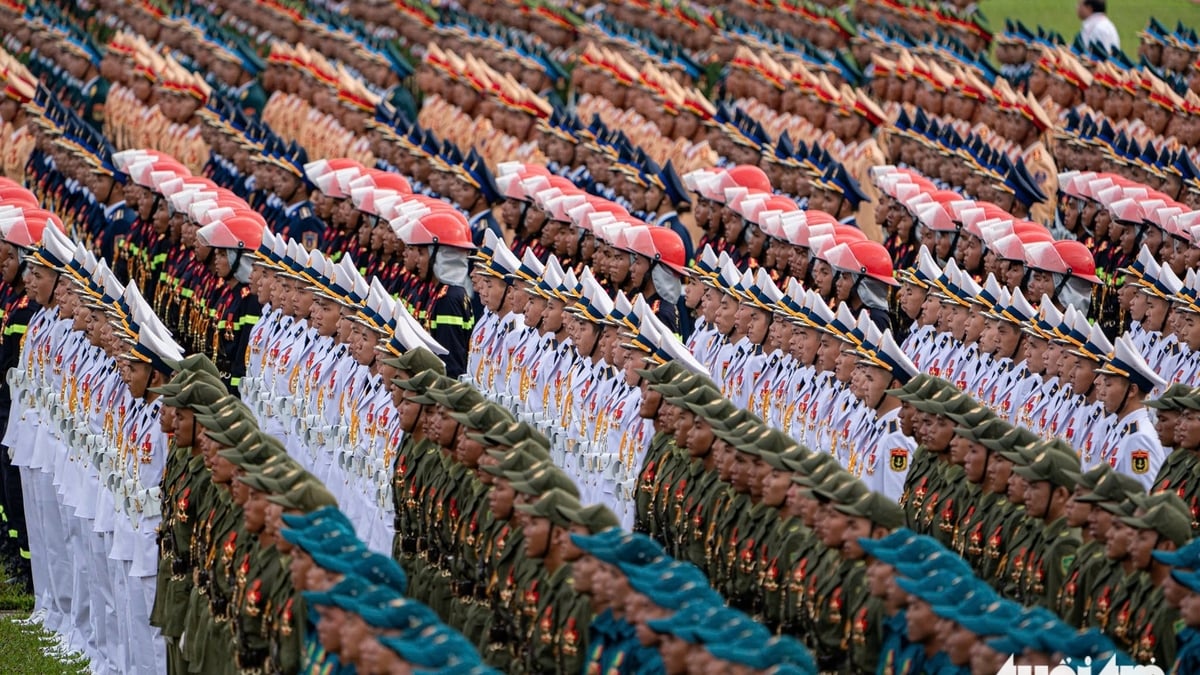

![[Photo] People eagerly lined up to receive special publications of Nhan Dan Newspaper](https://vphoto.vietnam.vn/thumb/1200x675/vietnam/resource/IMAGE/2025/8/30/53437c4c70834dacab351b96e943ec5c)
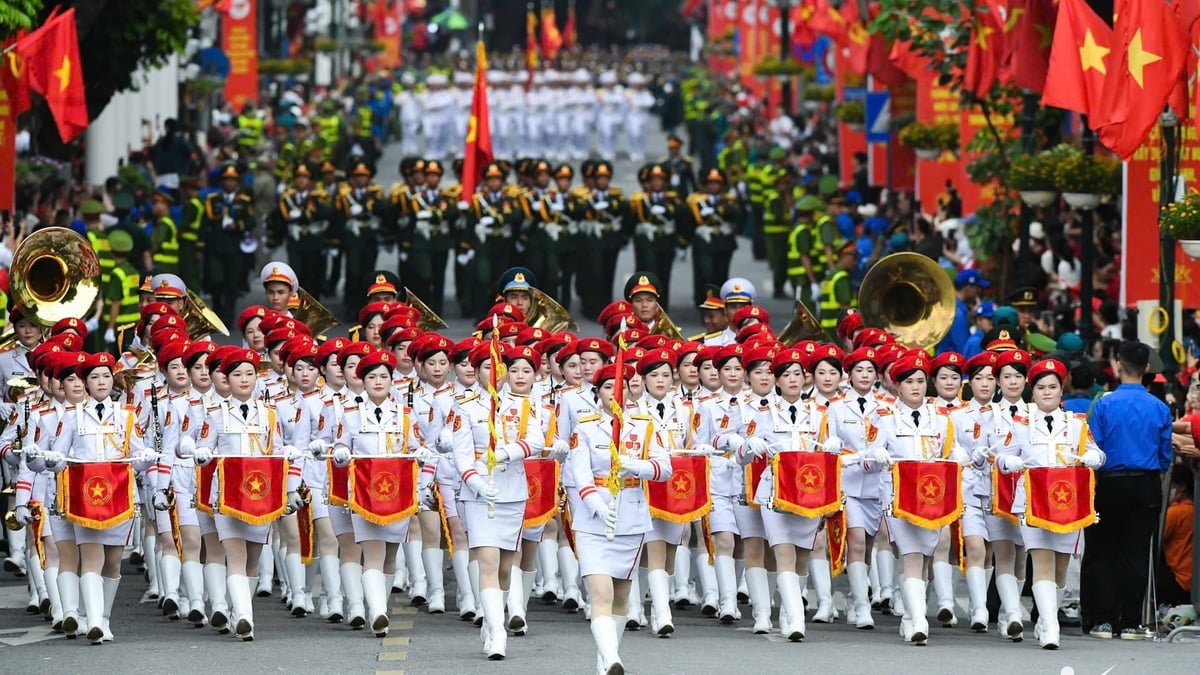
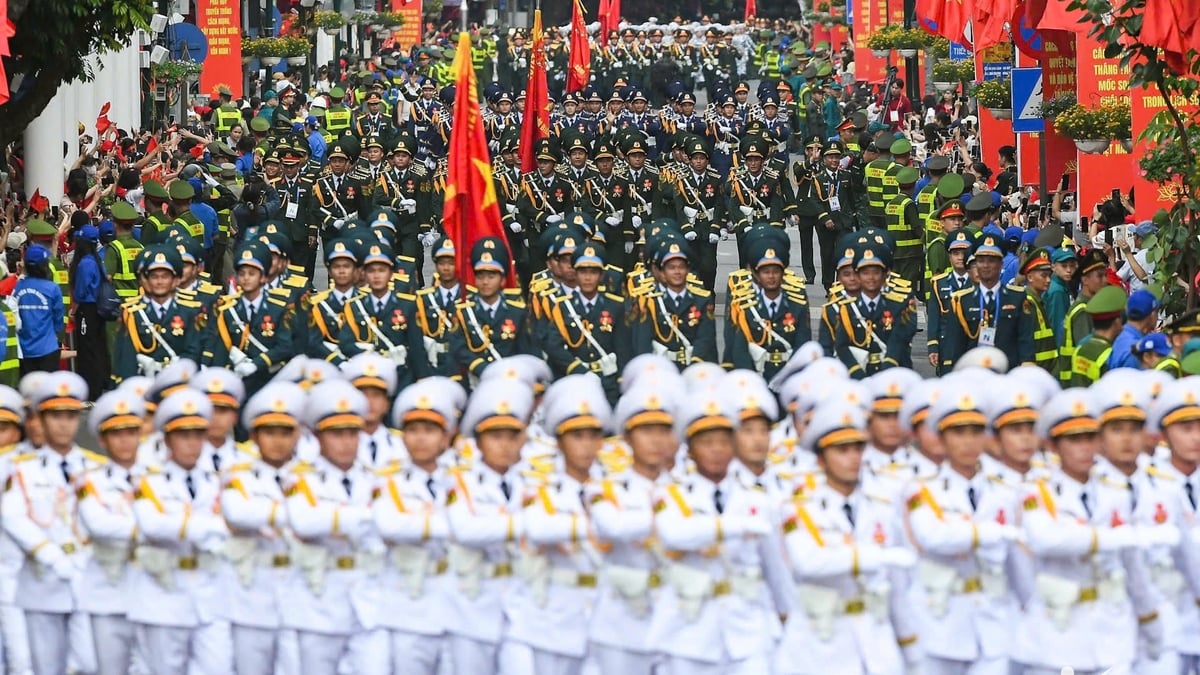
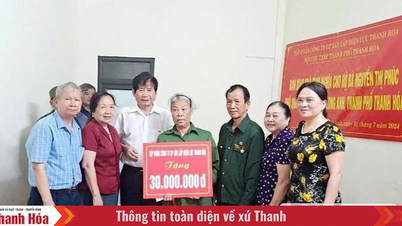
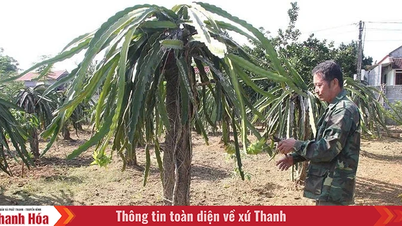
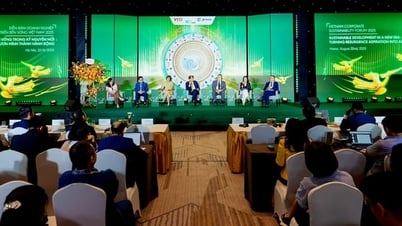

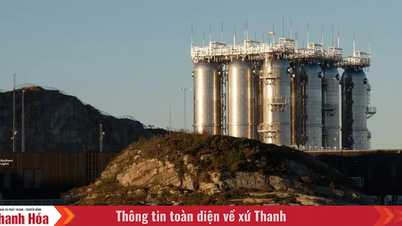
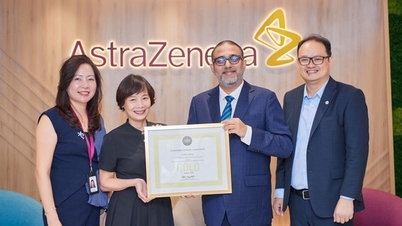

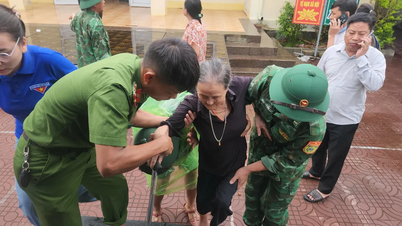

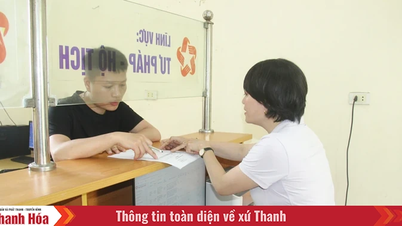

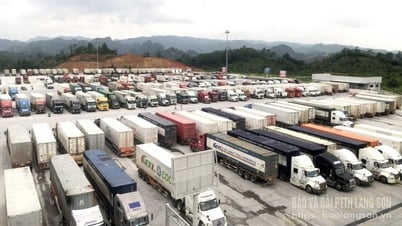

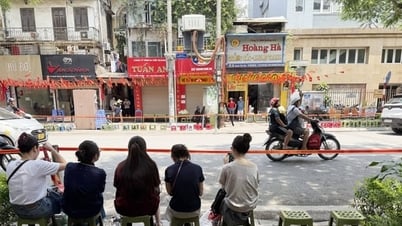

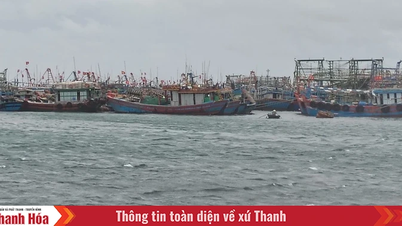




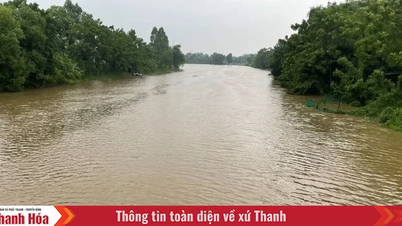
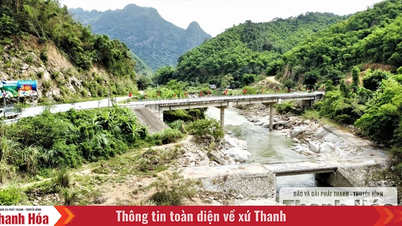


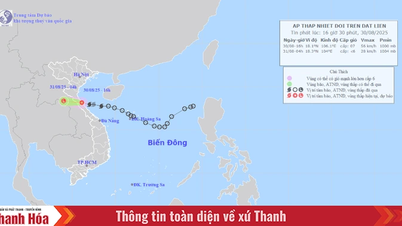
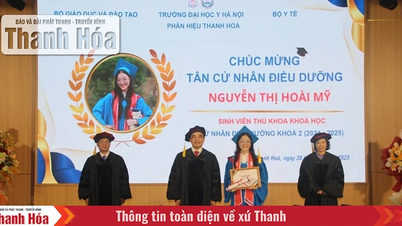
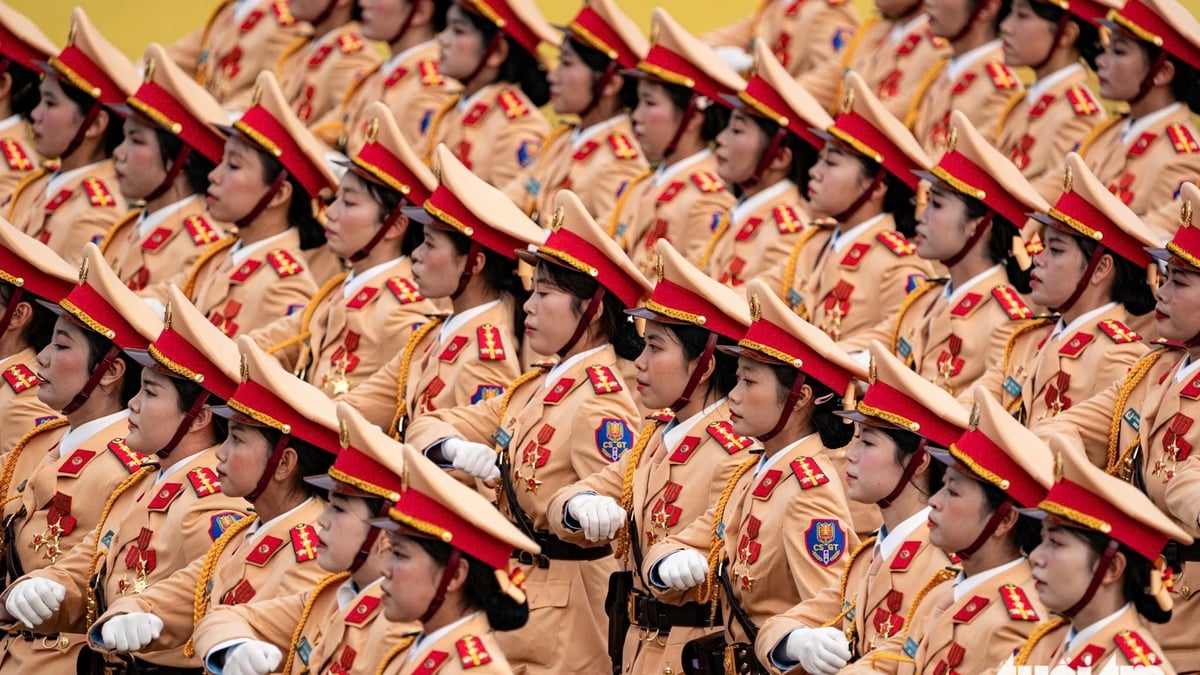
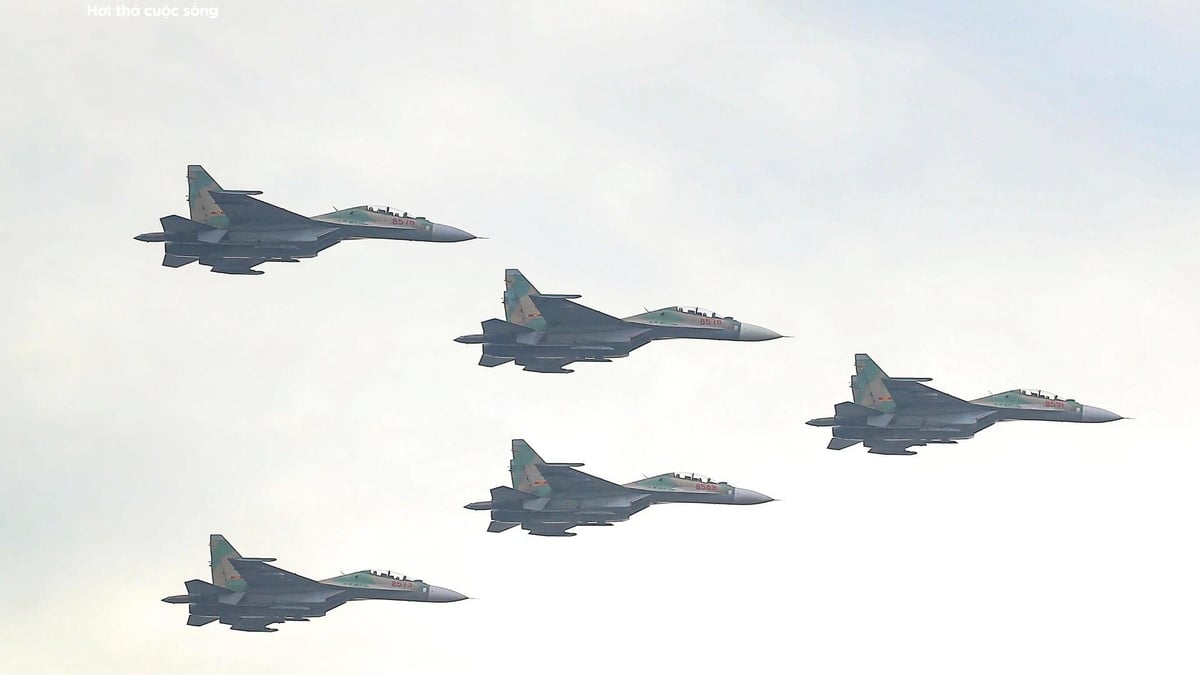
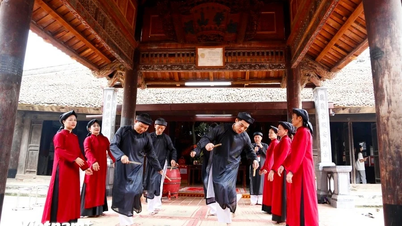

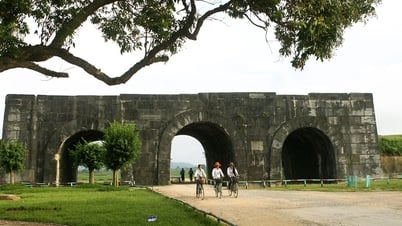

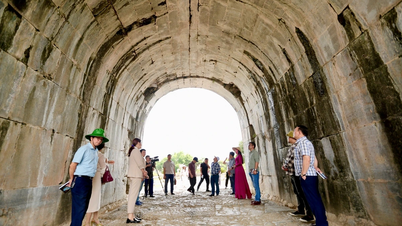

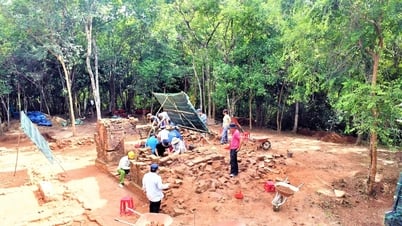



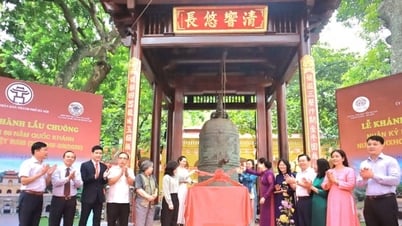









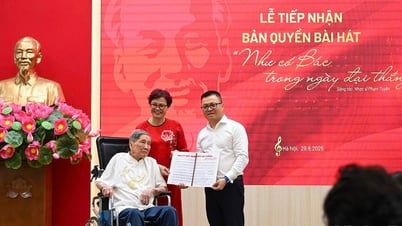
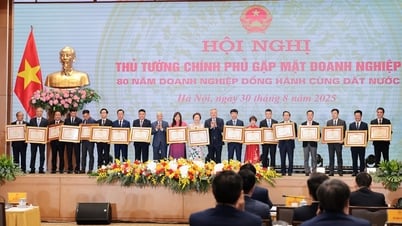






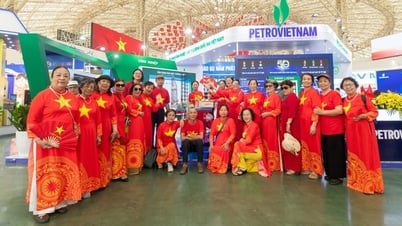



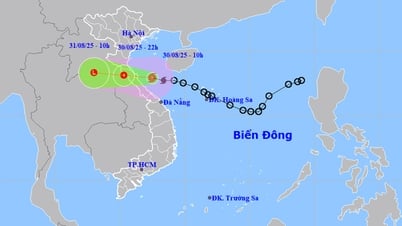

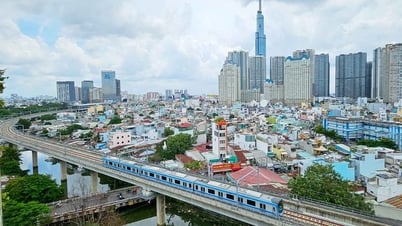
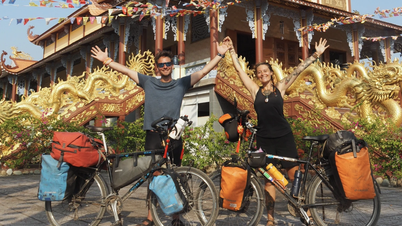
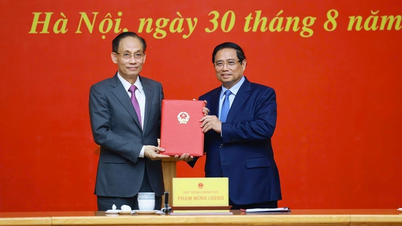


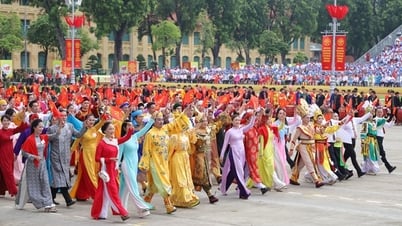
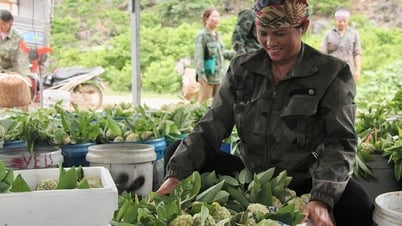


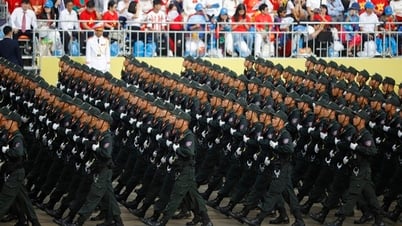




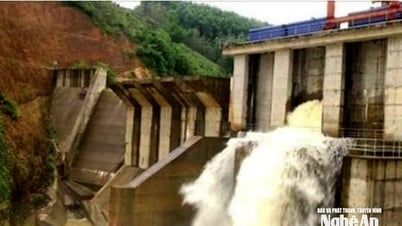

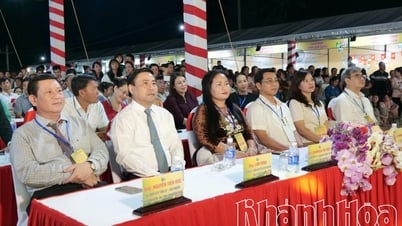

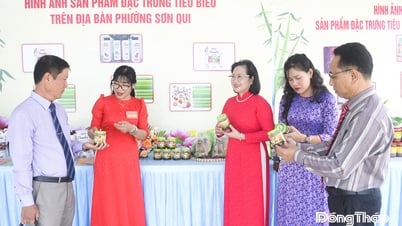



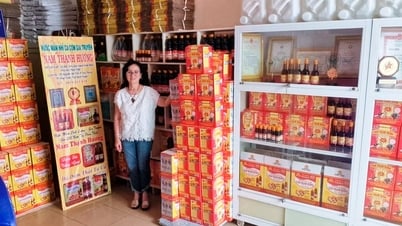






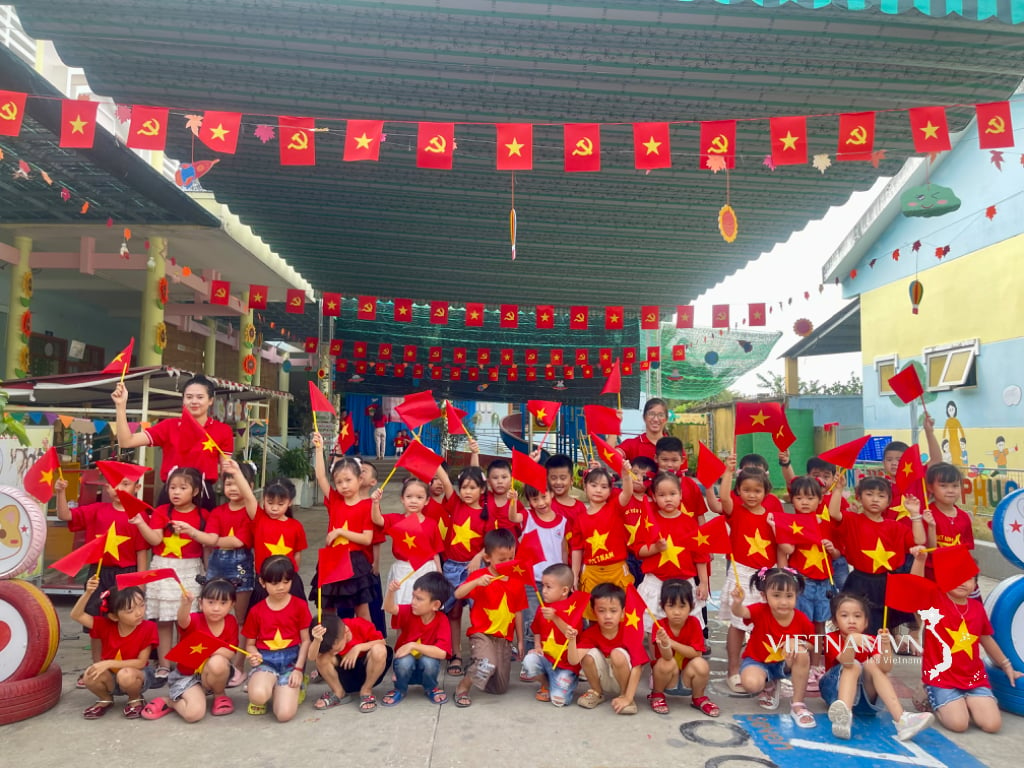

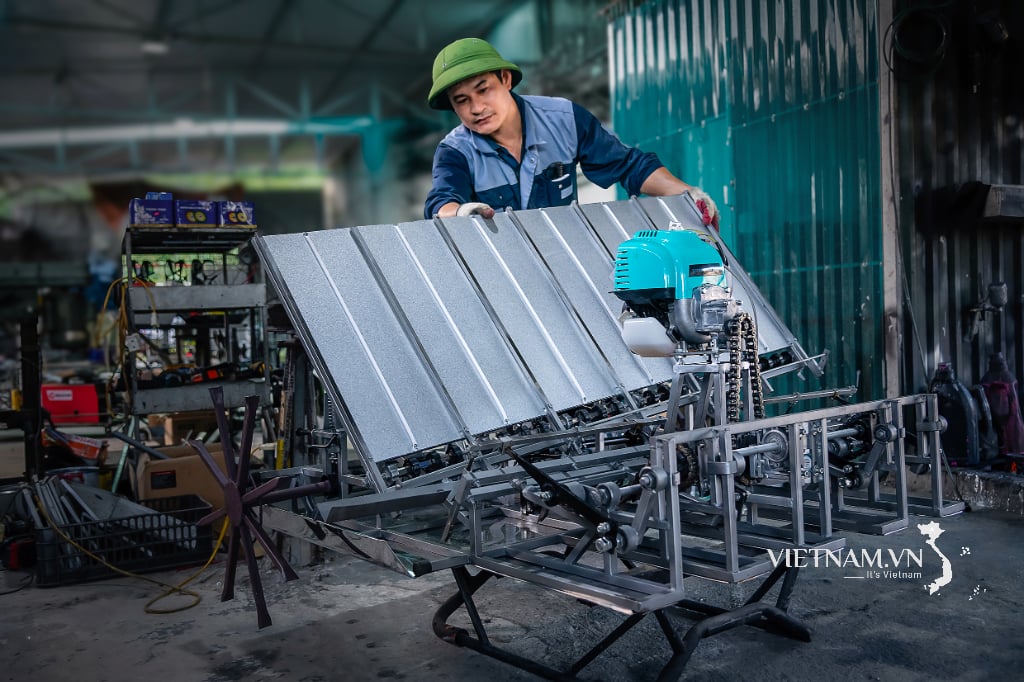
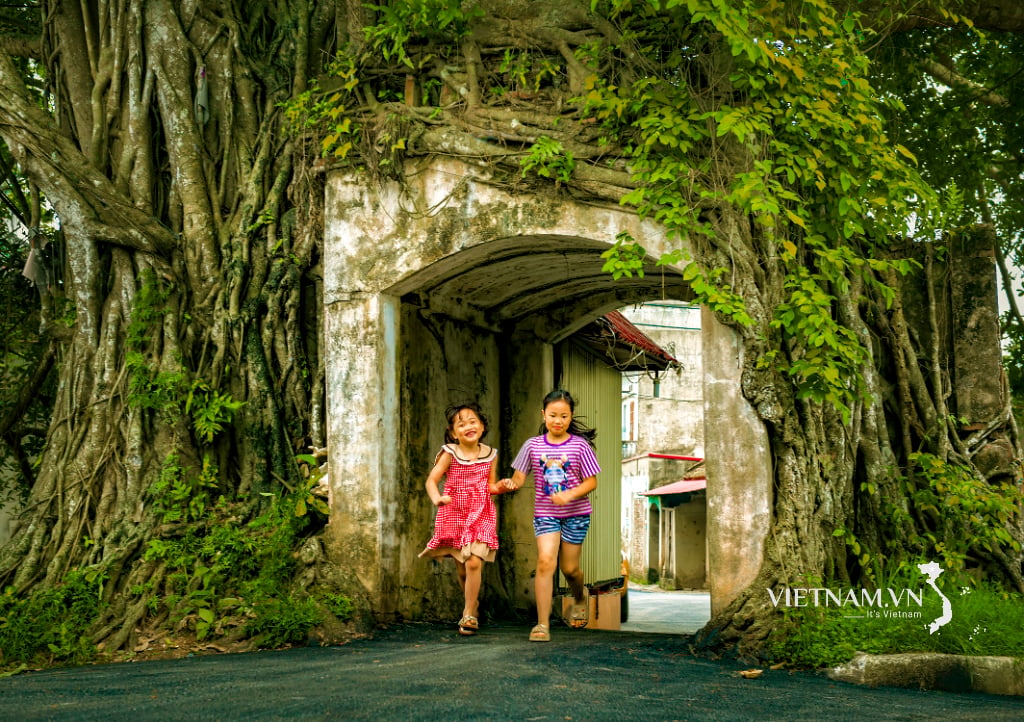
Comment (0)